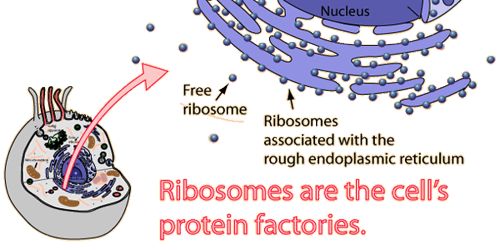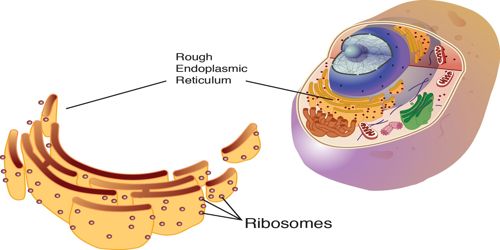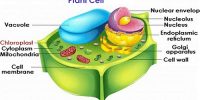Ribosomes are little spherical /granular organelle. The ribosome is a multipart molecule made of ribosomal RNA molecules and proteins that form a factory for protein synthesis in cells. They might happen liberally in the cytoplasm and may be attached on the outer wall of endoplasmic reticulum.
Structure: These are round and surrounded by double layered membrane. Generally they are made by protein.
- Ribosomes in a cell are situated in two regions of the cytoplasm.
- They are found scattered in the cytoplasm and some are attached to the endoplasmic reticulum.
- When the ribosomes are bound to the ER there is known as the rough endoplasmic reticulum.
- The bound and the free ribosomes are alike in structure and are involved in protein synthesis.

Function: In ribosome various amino acids are combined to synthesize protein. Ribosomes are a cell structure that makes protein. Protein is required for many cell functions such as repairing damage or directing chemical procedures. Ribosomes can be found floating within the cytoplasm or attached to the endoplasmic reticulum.
- They accumulate amino acids to form particular proteins, proteins are necessary to carry out cellular activities.
- The procedure of production of proteins, the deoxyribonucleic acid produces mRNA by the procedure of DNA transcription.
- The genetic message from the mRNA is translated into proteins during DNA translation.
- The sequences of protein gathering during protein synthesis are particular in the mRNA.












